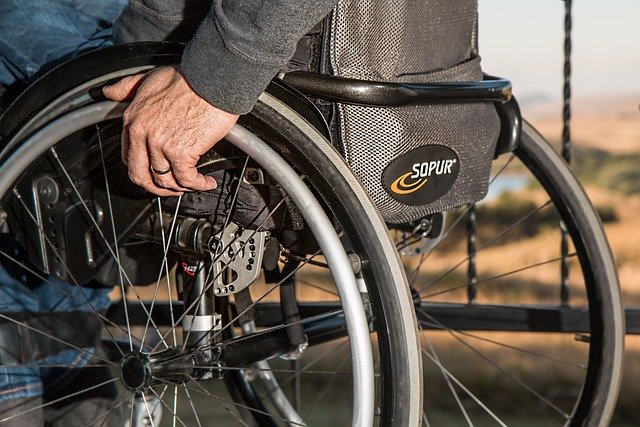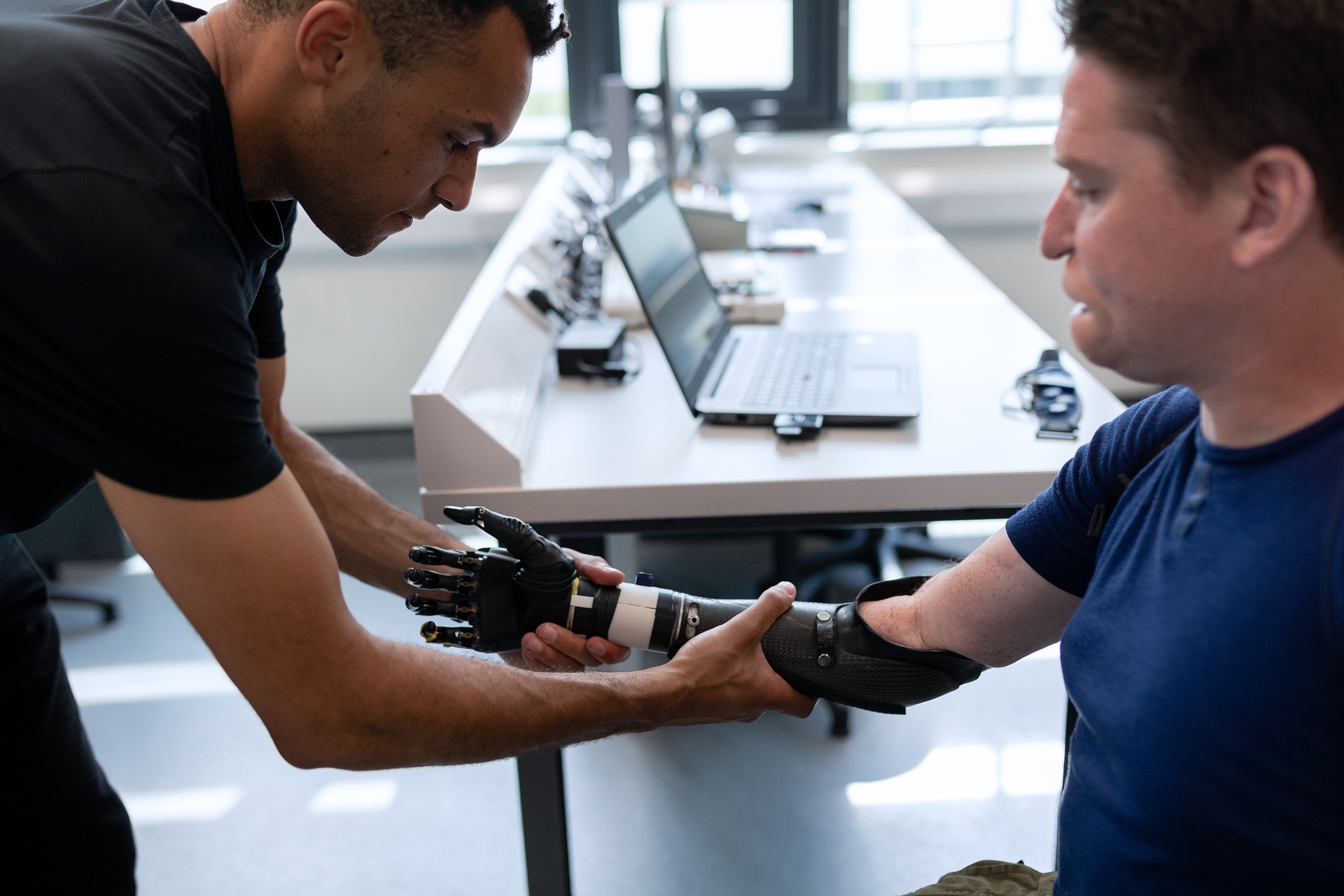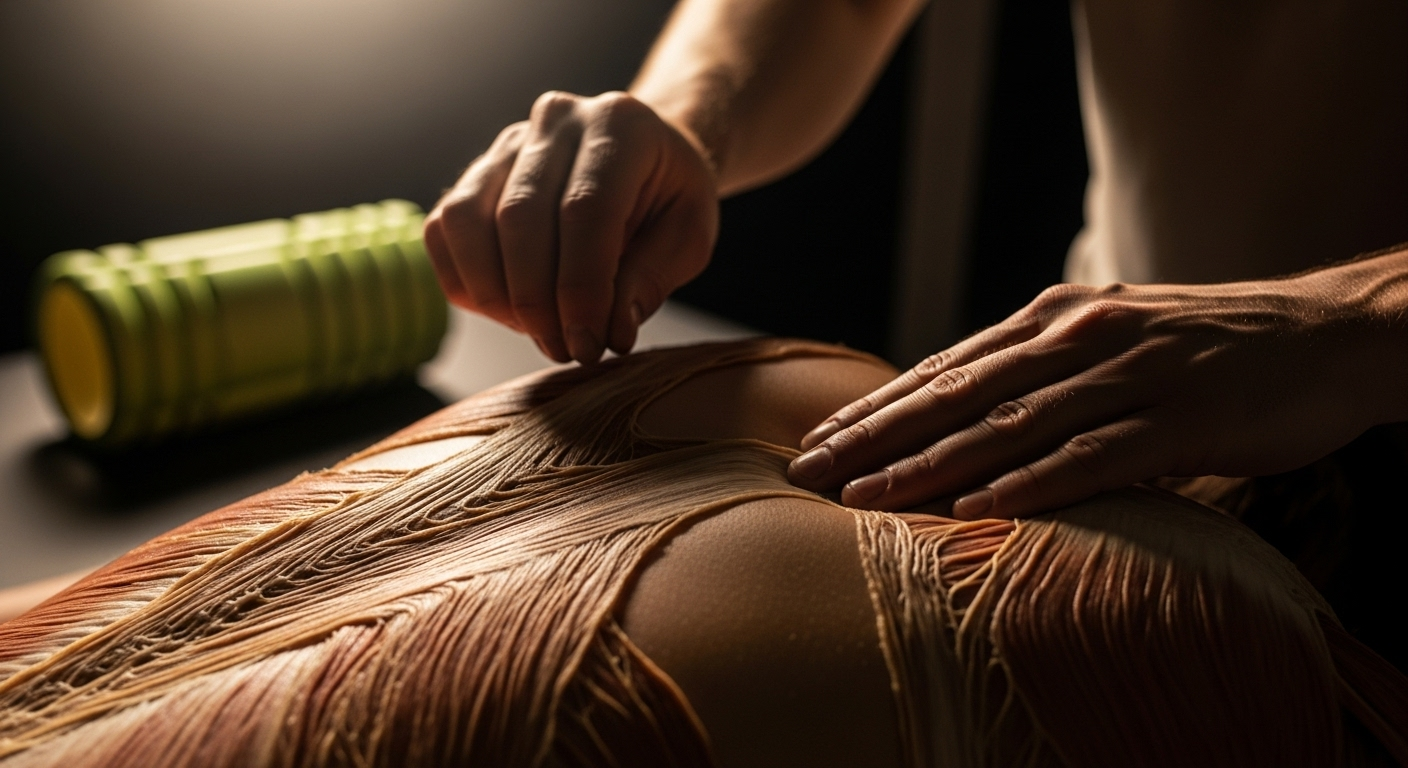Walkers for Seniors: A Comprehensive Guide to Mobility Aids
Walkers are essential mobility aids that provide support and stability for seniors who have difficulty walking independently. These devices come in various styles and designs to meet different needs and preferences. This article explores the types of walkers available, their benefits, and important factors to consider when choosing one.

What are the main types of walkers for seniors?
There are several types of walkers designed to cater to different mobility needs:
-
Standard walkers: These basic models have four legs and no wheels. They provide maximum stability but require lifting with each step.
-
Two-wheeled walkers: These have two fixed wheels in front and two back legs. They offer a good balance of stability and easier movement.
-
Rollators: Also known as four-wheeled walkers, these have wheels on all legs and often include a seat and basket. They’re ideal for outdoor use and longer distances.
-
Three-wheeled walkers: These triangular-shaped walkers offer excellent manoeuvrability in tight spaces.
-
Knee walkers: Designed for those with lower leg injuries, these provide support while keeping weight off one leg.
Each type has its advantages, and the choice depends on the user’s specific needs and physical condition.
What are the benefits of using a walker?
Walkers provide numerous benefits for seniors with mobility issues:
-
Increased independence: Walkers allow seniors to move around safely without constant assistance from others.
-
Fall prevention: The added support and stability significantly reduce the risk of falls.
-
Confidence boost: Knowing they have a reliable support system can increase seniors’ confidence in moving around.
-
Pain reduction: Walkers can help alleviate pain in joints and muscles by providing support during movement.
-
Improved circulation: Regular movement facilitated by walkers can enhance blood circulation.
-
Social engagement: With increased mobility, seniors can more easily participate in social activities and outings.
How to choose the right walker for a senior?
Selecting the appropriate walker involves considering several factors:
-
Physical needs: Assess the senior’s strength, balance, and specific mobility challenges.
-
Intended use: Consider whether the walker will be used primarily indoors, outdoors, or both.
-
Weight capacity: Ensure the walker can support the user’s weight safely.
-
Adjustability: Look for models with adjustable heights to ensure proper fit and comfort.
-
Foldability: If storage space is limited or travel is frequent, a foldable walker may be preferable.
-
Additional features: Consider extras like seats, baskets, or hand brakes based on individual needs.
-
Lifestyle: Choose a walker that aligns with the senior’s daily activities and routines.
It’s advisable to consult with a healthcare professional or occupational therapist to determine the most suitable walker type.
What are the key features to look for in a walker?
When shopping for a walker, consider these important features:
-
Sturdy frame: Look for durable materials like aluminium or steel that can withstand daily use.
-
Comfortable grips: Ergonomic handles with soft, non-slip grips can prevent hand fatigue.
-
Proper height: The walker should allow the user to stand with a slight bend in the elbows when gripping the handles.
-
Easy-to-use brakes: For wheeled models, ensure the brakes are easily accessible and simple to operate.
-
Smooth-rolling wheels: Large, durable wheels provide better stability and easier navigation over various surfaces.
-
Lightweight design: A lighter walker is easier to manoeuvre and lift when necessary.
-
Foldable mechanism: This feature makes storage and transport more convenient.
-
Weight capacity: Verify that the walker can safely support the user’s weight.
How to use a walker safely and effectively?
Proper use of a walker is crucial for safety and effectiveness:
-
Adjust the height correctly: The top of the walker should align with the user’s wrist crease when standing upright.
-
Maintain good posture: Stand as straight as possible, with arms slightly bent when holding the walker.
-
Move the walker forward: Place the walker a short distance ahead before taking a step.
-
Step into the walker: Take small steps, moving into the centre of the walker’s frame.
-
Use brakes properly: For wheeled walkers, always engage the brakes when sitting or standing still.
-
Avoid obstacles: Be mindful of uneven surfaces, thresholds, or other potential hazards.
-
Regular maintenance: Check the walker regularly for any wear and tear, loose parts, or needed adjustments.
What are the average costs of walkers for seniors?
The cost of walkers can vary significantly based on type, features, and brand. Here’s a general pricing guide:
| Walker Type | Basic Model Price Range | Premium Model Price Range |
|---|---|---|
| Standard Walker | £30 - £60 | £70 - £150 |
| Two-Wheeled Walker | £50 - £80 | £90 - £200 |
| Rollator | £70 - £120 | £130 - £300+ |
| Three-Wheeled Walker | £60 - £100 | £110 - £250 |
| Knee Walker | £80 - £150 | £160 - £350+ |
Prices, rates, or cost estimates mentioned in this article are based on the latest available information but may change over time. Independent research is advised before making financial decisions.
When considering the cost, factor in potential additional expenses such as maintenance, replacement parts, or accessories. Some walkers may be covered by insurance or available through local mobility aid schemes, so it’s worth exploring these options to potentially reduce out-of-pocket expenses.
In conclusion, walkers are valuable mobility aids that can significantly improve the quality of life for seniors with mobility challenges. By understanding the different types available, their benefits, and key features, one can make an informed decision when selecting the most suitable walker. Remember to prioritise safety, comfort, and individual needs when choosing and using a walker.
This article is for informational purposes only and should not be considered medical advice. Please consult a qualified healthcare professional for personalized guidance and treatment.



